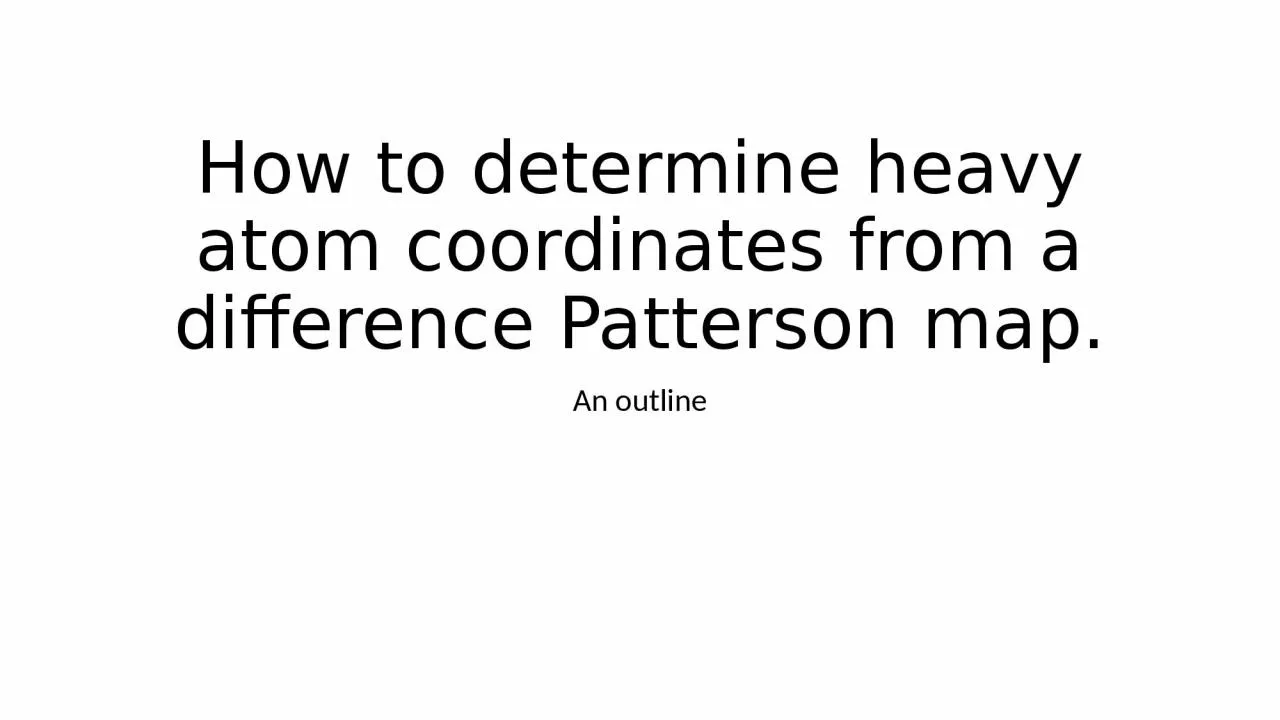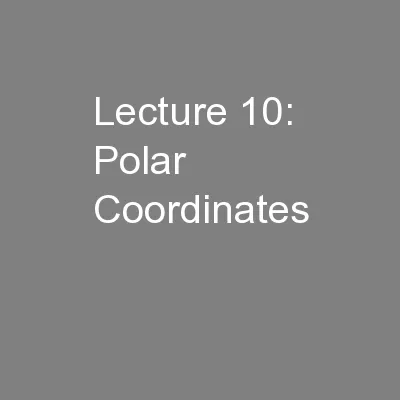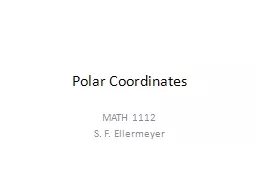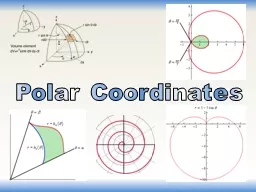PPT-How to determine heavy atom coordinates from a difference Patterson map.
Author : obrien | Published Date : 2023-06-25
An outline Basic concepts If we observe a difference Patterson peak with coordinates uvw we learn that two atoms in the crystal are related by a vector with length
Presentation Embed Code
Download Presentation
Download Presentation The PPT/PDF document "How to determine heavy atom coordinates ..." is the property of its rightful owner. Permission is granted to download and print the materials on this website for personal, non-commercial use only, and to display it on your personal computer provided you do not modify the materials and that you retain all copyright notices contained in the materials. By downloading content from our website, you accept the terms of this agreement.
How to determine heavy atom coordinates from a difference Patterson map.: Transcript
Download Rules Of Document
"How to determine heavy atom coordinates from a difference Patterson map."The content belongs to its owner. You may download and print it for personal use, without modification, and keep all copyright notices. By downloading, you agree to these terms.
Related Documents














